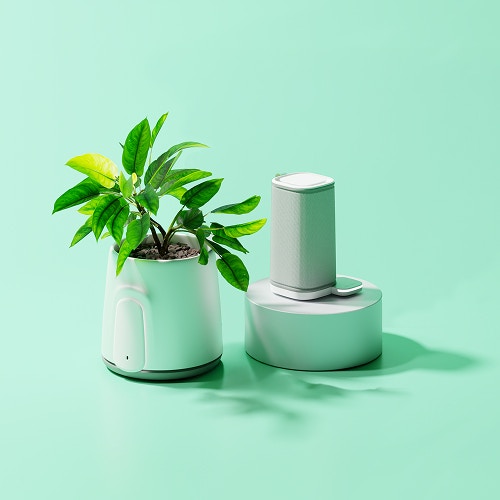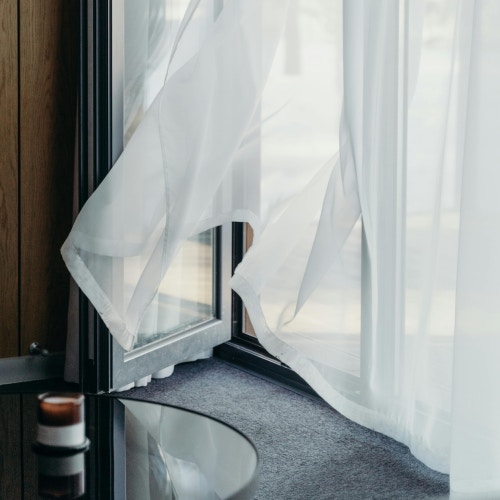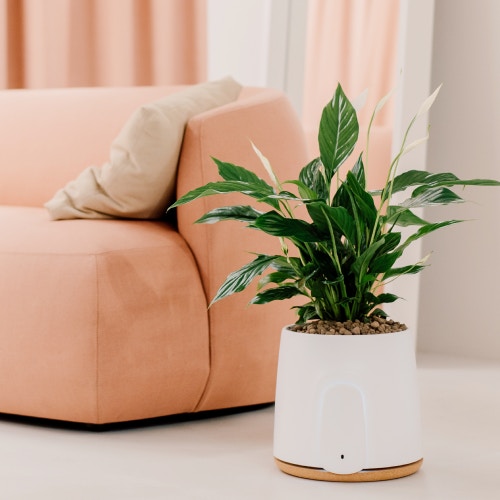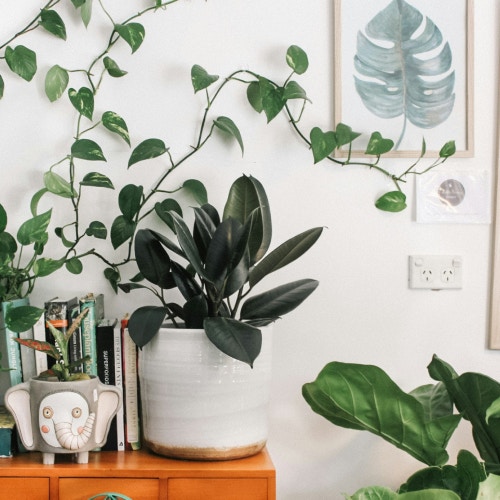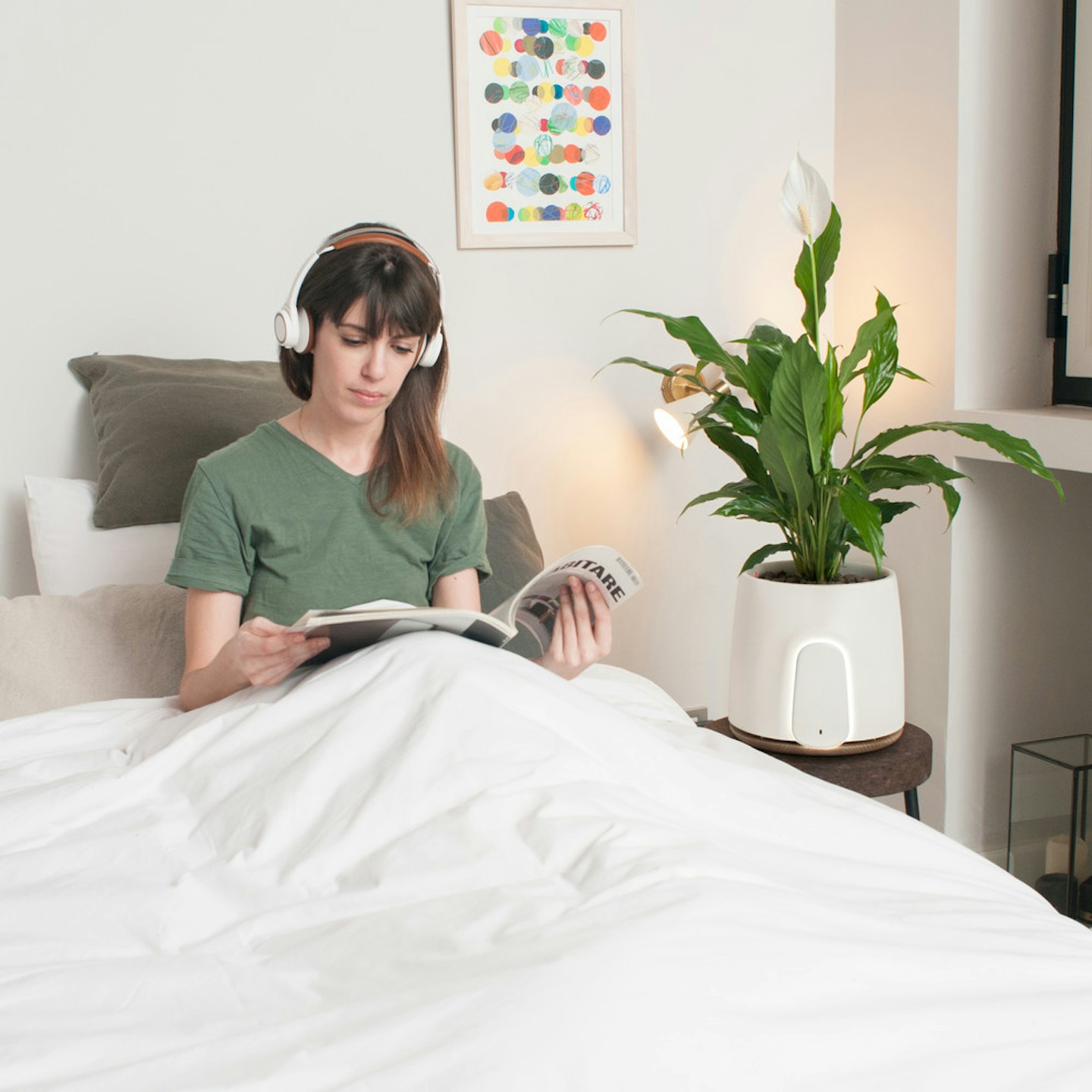
What's the difference between air cleaner, home air purifier and room air purifier?
→
Let’s make this sharp: air cleaner, home air purifier, and room air purifier don’t mean the same thing to everybody. But let’s start from the beginning.
What is a home air purifier or air cleaner? Why do I need it?
As the compound word says, an air purifier/cleaner for the home most commonly removes pollutants from indoor air. There are two categories of airborne toxic agents:
- Particulate Matter (PM) such as bacteria, viruses, mold, dust, mites, etc.
- Gaseous pollutants that came from paint, polishes, furniture as VOCs, etc.
These pollutants may irritate and intoxicate our organism causing many severe health conditions such as asthma, allergies, and cancer. Basically, an air purifier/cleaner for home helps promote better health: it is highly recommended for those who suffer from bad respiratory condition (for example asthma or allergies) and also for who get sick easily or is prone to infections. Considering that WHO stated that indoor air pollution is 5 times more polluted than outside and that almost 9 people out of 10 are breathing toxic agents, everyone who wants to free their body from airborne toxins should buy one.
What's the difference between air purifier and air cleaner for home?
Even though generally speaking we include a whole variety of products with the compound “air purifier”, it can be misleading. This kind of device is called lots of different names such as “air cleaner for home”, “air purifier”, “home air purifier”, etc.
But they don’t mean the same thing to the manufacturers. For example, unlikely most people believe, technically air cleaners for home and not air purifiers let the air pass through a filter accumulating pollution inside and air purifiers are sanitizers that thanks to other substances emitted from the device downgrade the chemicals to harmless substances.
There is also a difference between room and home air purifiers as they usually suggest their capacity to eliminate pollutants: those with the substantive “room” are usually less efficient than the others. There are lots more differences that we can list here, but whether a device is called a purifier or cleaner, is more or less powerful, the most important thing that really does the difference is the filter inside.
To understand this better, it’s necessary to introduce the different filters that are used to remove all the pollutants from the indoor air:
- Mechanical Air Filters (such as HEPA)
- Gas-phase air filters
- UVGI cleaners
- PCO cleaners
- Ozone Generators
Mechanical Air Filters
The most common mechanical air filters are the HEPA, which uses a fan to pull the air into a dense filter. It is considered one of the most effective as HEPA removes up to 99% of pollutants, but on the other hand, these filters need to be replaced at least every 6 months and they are extremely expensive.
Gas-Phase Air Filters
They are possible thanks to a material called sorbent (like activated charcoal) that absorb pollutants. For the carbon filters, charcoal is subjected to special treatment with oxygen to open the carbon atoms' pores and perform better. This kind of strainer is extremely efficient and removes odors, but like the HEPA filter, it must be replaced often.
UVGI cleaners (Ultraviolet Germicidal Irradiation)
They use ultraviolet non-lethal radiation that breaks apart the molecular structure of bacteria, viruses, and other biological pollutants. This filter is not a replacement for other filtrations systems.
PCO cleaners (Photocatalytic Oxidation)
These air cleaners for home use UV lamps along with a catalyst and thanks to this it emits negative ions into the air that latch to toxins and cause electrostatic precipitation on the floor of the dangerous pollutants. This filter doesn’t absorb or destroy particles and it is ineffective with gaseous pollutants.
Ozone generators
And last but not least, ozone generators use UV lamps. They produce ozone that reacts with biological pollutants transforming them into harmless pollutants. Of course, they are highly harmful to the environment and to people.
There is another kind of air purifier that doesn’t need filters and isn’t mentioned here. Some plants are themselves efficient air purifiers. They can remove VOCs and produce also brand-new fresh air.
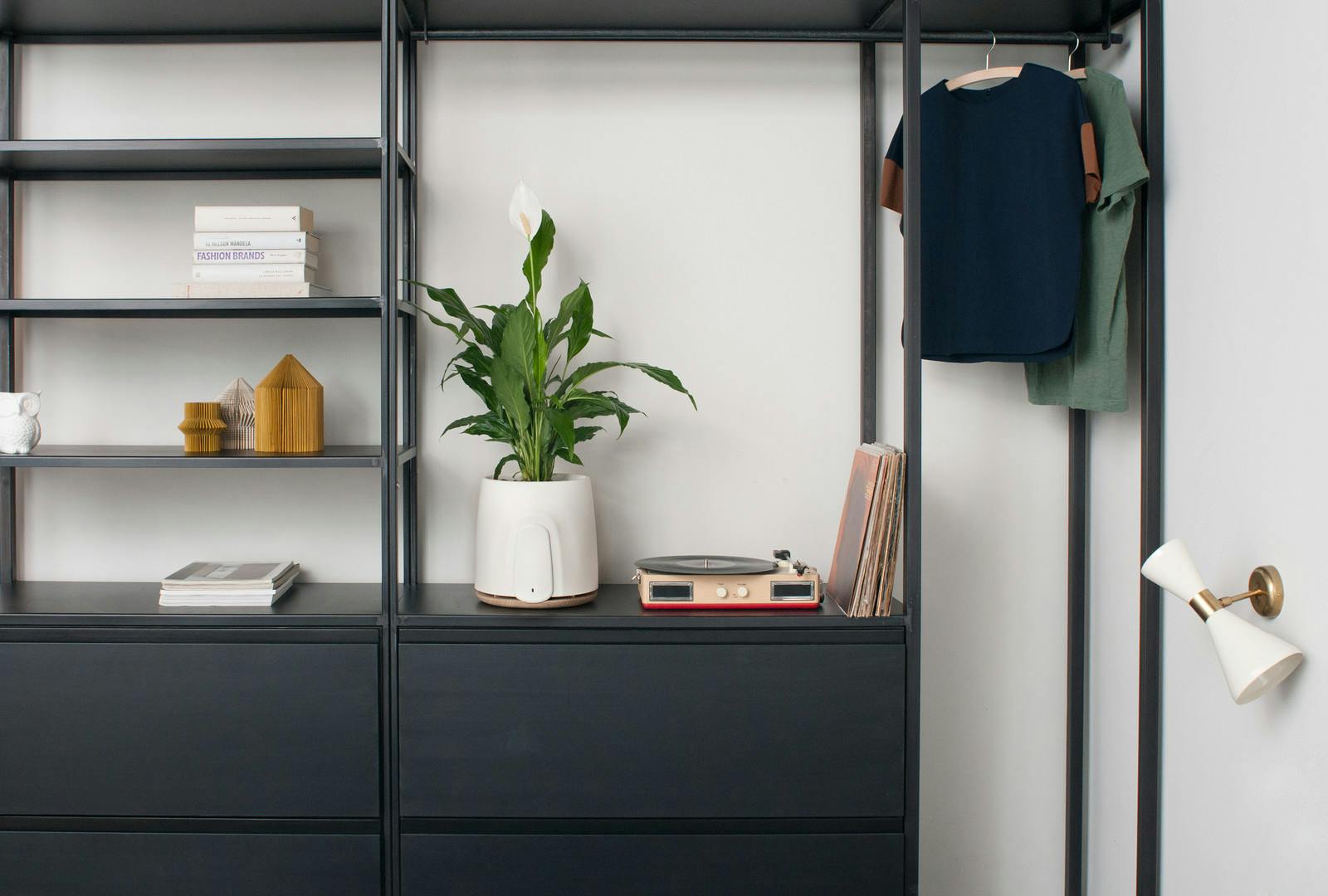
More than an air purifier: Natede
The purification happens in the roots not only in leaves – as everybody thinks. Common flowerpots don’t allow so much air in the roots, so we created Natede, an air purifier that boosts plants’ capacity to eliminate pollutants thanks to cutting-edge technology.
The technological core pumps the air through the roots where harmful substances are converted into nourishment for the plant. It eliminates up to 93% of VOCs. Natede is smart as it connects to your home Wi-Fi and you can manage it from your app. Thanks to it you can monitor indoor air quality, temperature, and humidity in real-time.
